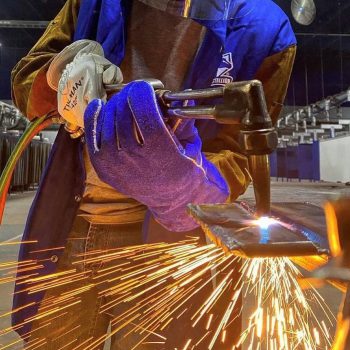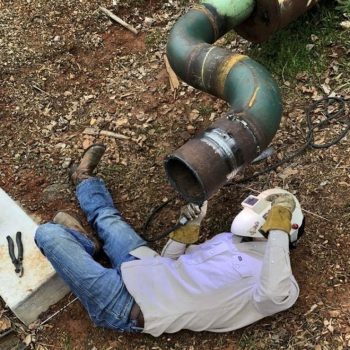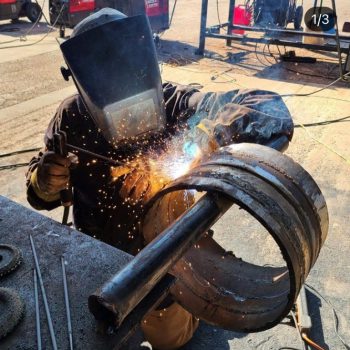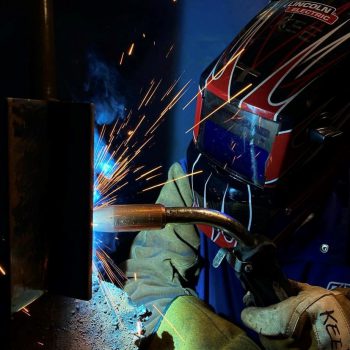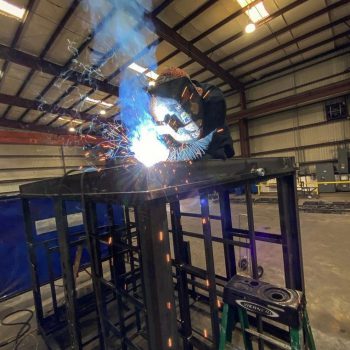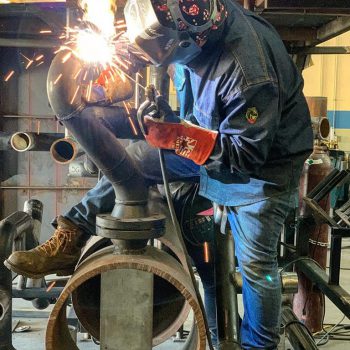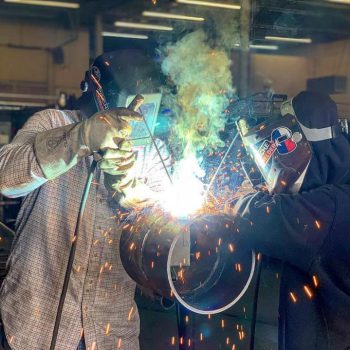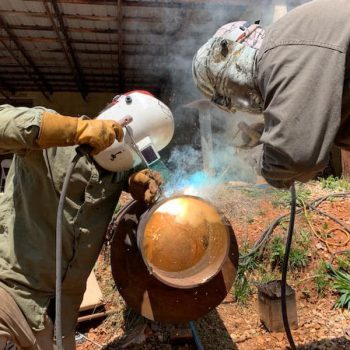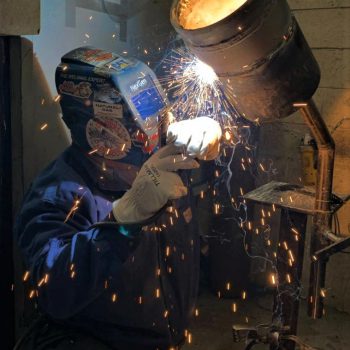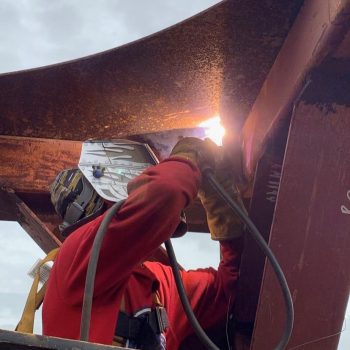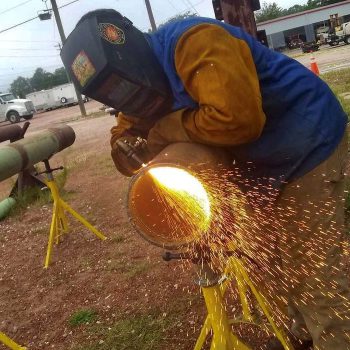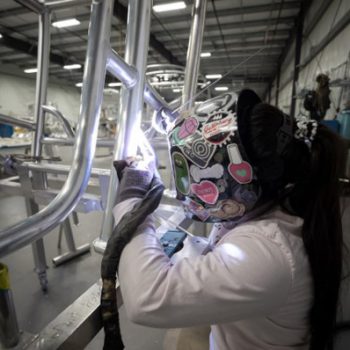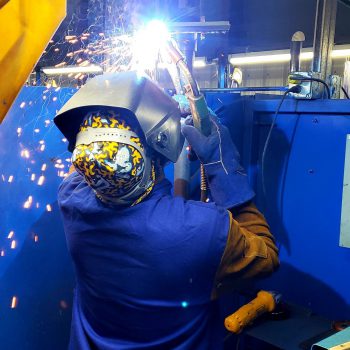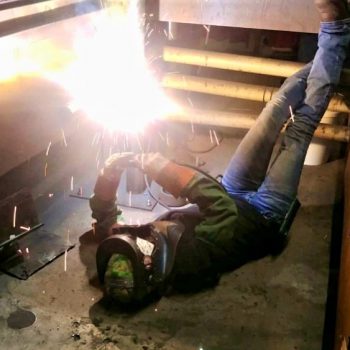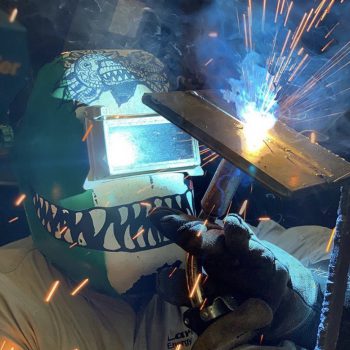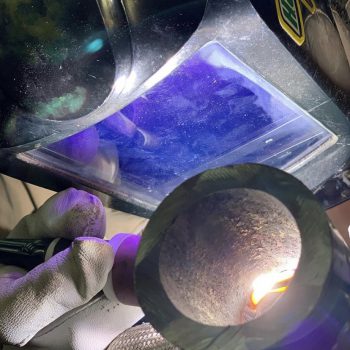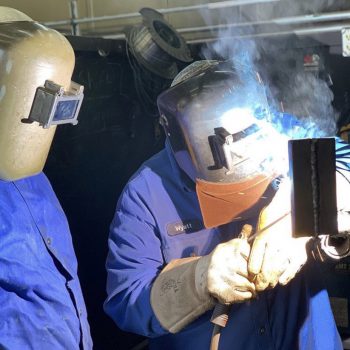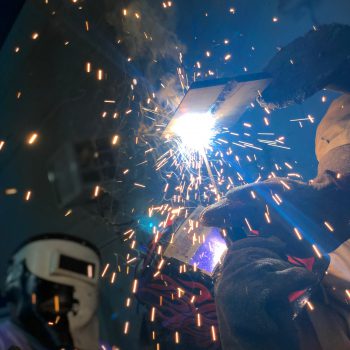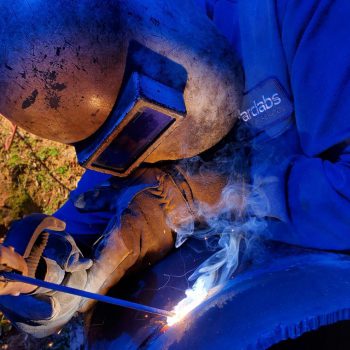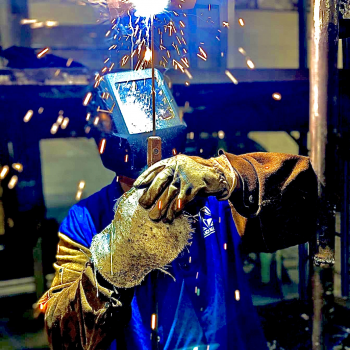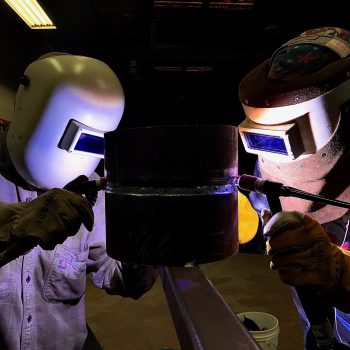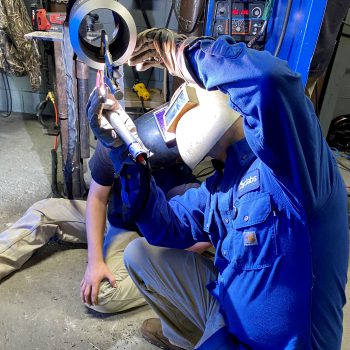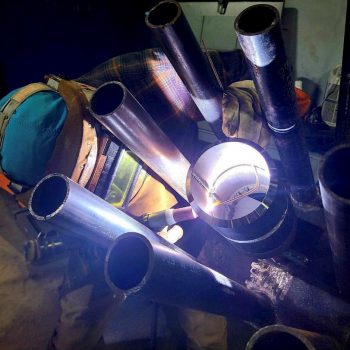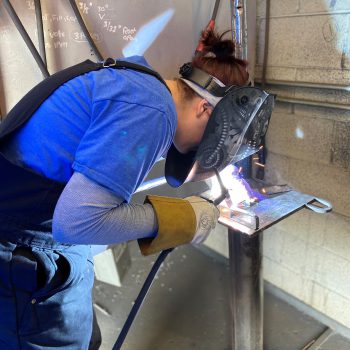Plasma Cutting Is Better than Oxy-Fuel … or Not
Metalworkers love debates, and “what’s the best process?” is a common one. The problem is technology does not get applied in the abstract. There is always a context and variable to consider. Take cutting processes.
Oxy-fuel is considered “old school” because it has been around since 1903 (check out this interesting mish-mash of history). There is also an article in The Fabricator that provides more background on the process, as well as its suitability for mechanized cutting applications.
Oxy-fuel is also considered old school because the process essentials remain the same, and a cutting torch from 100 years ago looks much the same today. However, if you go into a career like pipe welding or structural steel, chances are the oxy-fuel process will be essential.
Plasma cutting is considered more modern…yet the Thermal Dynamics brand started in 1958 and Hypertherm started in 1968 as noted in this history. However, today’s compact, portable manual plasma cutters that use inverter technology look nothing like the original equipment, which required a crane to move.
Arclabs made this quick chart that offers a comparison of the processes, and Miller has this good background story if you want a bit more detail.
Our take is that you should absorb all the knowledge possible. Build your skills as weld-rounded candidate when you apply for a job. Also, remember a torch is just a dumb tool — all the intelligence and skill rests in the hands and mind of the operator.
| Factor | Oxy-Fuel | Plasma |
| Portability | Requires cylinders (but those fit in the back of truck) | Requires electricity (which means a generator) |
| Reliability | Very simple, less to go wrong, easy to repair. The go-to choice for field work | Rugged but more complex, more to go wrong |
| Precision | Takes more skill to create a precise cut | Easier, but still requires skill; easy to use a template to cut precise shapes |
| Thick metal | Winner – can cut sections 6” or more | About 1-1/2 in. for manual
About 2” steel for automated |
| Speed | Slower on materials < 2” | Faster on materials < 2”. Blazing fast on thinner materials. |
| Thin metal | Not a good choice for sheet metal | Winner – great for precise cuts on sheet metal. |
| Warping/HAZ | Heat affected zone is an issue | Less of an issue because of faster cut speeds |
| “Weld ready” cuts | No bevel angle, but need to remove dross, which is harder.
WPS may call for mechanically prepped cut face (grinding or milling) |
Slight bevel, but less dross and dross comes off easily for faster clean-up.
WPS may call for mechanically prepped cut face (grinding or milling) |
| Cost | Lower purchase price, but ongoing cost of gas; consumables last longer | Higher purchase precise; air (free) is the fuel, but consumables wear faster. |
| Safety | Gas cylinders require more safety measures | No cylinders, but electricity is a hazard |
 877-647-4111
877-647-4111
